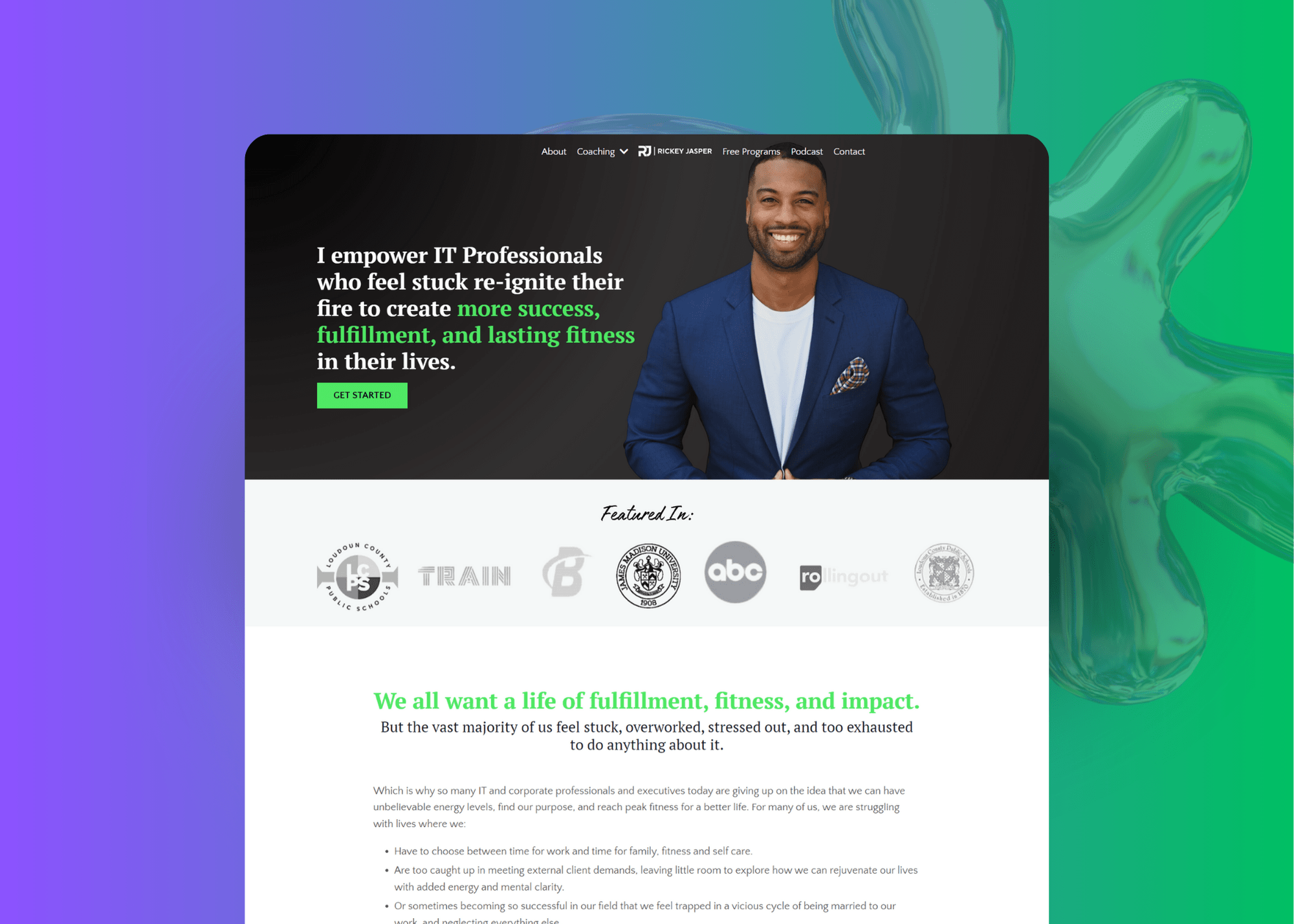In a world where user attention spans are short and competition is fierce, ensuring your website performs at its best is more important than ever. Slow loading times, poor user experience, and technical issues can drive visitors away, affecting your brand’s reputation and revenue. This guide will walk you through actionable strategies to optimize your website’s performance, from improving load times to enhancing usability and search engine rankings.
Understanding Website Performance
Website performance encompasses various factors, including speed, responsiveness, and reliability. A well-optimized website loads quickly, provides a seamless user experience, and remains stable under different conditions. Here are some key aspects to consider:
- Page Load Speed: The time it takes for a web page to fully display its content.
- User Experience: How easily visitors can navigate and interact with your site.
- Server Performance: The ability of your server to handle requests efficiently.


Why Website Performance Matters
Improving your website’s performance has numerous benefits:
- Better User Experience: Fast-loading sites keep visitors engaged and reduce bounce rates.
- Higher Search Engine Rankings: Search engines favor well-performing sites, leading to better visibility.
- Increased Conversions: A smooth and responsive site encourages users to complete desired actions, such as making a purchase or signing up for a newsletter.
Key Strategies for Optimizing Website Performance
1. Optimize Images and Media
Large images and media files are common culprits for slow load times. Optimize these elements to improve performance:
- Compress Images: Use tools like TinyPNG or ImageOptim to reduce file sizes without sacrificing quality.
- Lazy Loading: Implement lazy loading to defer the loading of images and videos until they are needed.
- Use WebP Format: Convert images to the WebP format, which offers better compression than JPEG or PNG.
2. Minimize HTTP Requests
Each element on a web page (images, scripts, stylesheets) requires an HTTP request. Reducing these requests can speed up your site:
- Combine Files: Merge CSS and JavaScript files to reduce the number of requests.
- Inline Small CSS: For small CSS snippets, consider inlining them directly into the HTML.
- Use CSS Sprites: Combine multiple images into a single sprite sheet and use CSS to display the relevant part.
3. Enable Browser Caching
Caching stores parts of your site on users’ devices, so they don’t have to download them each time they visit:
- Set Expiry Dates: Use HTTP headers to specify how long browsers should cache your content.
- Leverage CDN: A Content Delivery Network (CDN) stores cached versions of your site on servers worldwide, reducing load times for distant users.
4. Optimize Code and Scripts
Clean, efficient code contributes significantly to site performance:
- Minify CSS, JavaScript, and HTML: Remove unnecessary characters, spaces, and comments to reduce file sizes.
- Asynchronous Loading: Load JavaScript files asynchronously to prevent them from blocking other elements.
- Defer Parsing of JavaScript: Use the “defer” attribute to delay the loading of non-critical JavaScript until the main content is rendered.
5. Improve Server Response Time
The time it takes for your server to respond to requests affects overall performance:
- Choose a Reliable Host: Select a reputable hosting provider with fast servers and good uptime.
- Optimize Database Queries: Ensure your database queries are efficient and not slowing down response times.
- Use Server-Side Caching: Implement server-side caching solutions like Redis or Memcached.
6. Reduce Plugin Usage
Too many plugins can bloat your site and slow it down:
- Evaluate Plugins: Regularly review and remove unnecessary or outdated plugins.
- Use Lightweight Alternatives: Opt for plugins that are lightweight and well-coded.
- Consolidate Functionality: Use multipurpose plugins that combine several features into one.
7. Monitor Performance Regularly
Continuous monitoring helps you identify and fix performance issues promptly:
- Use Performance Tools: Tools like Google PageSpeed Insights, GTmetrix, and Pingdom provide detailed performance reports.
- Set Up Alerts: Configure alerts to notify you of performance drops or issues.
- Analyze Reports: Regularly review performance reports and make necessary adjustments.
Advanced Optimization Techniques
For those looking to take their optimization efforts further, consider these advanced techniques:
1. Implement Accelerated Mobile Pages (AMP)
AMP is a framework designed to create fast-loading mobile pages:
- Simplified HTML: AMP restricts certain HTML elements to ensure faster loading.
- Pre-rendering: AMP pages are pre-rendered by search engines, providing near-instant loading times.
2. Use HTTP/2
HTTP/2 is a major revision of the HTTP protocol that improves performance:
- Multiplexing: Allows multiple requests to be sent for a single connection.
- Header Compression: Reduces overhead by compressing HTTP headers.
- Server Push: Sends resources to the client before they are requested.
3. Optimize Critical Rendering Path
The critical rendering path refers to the sequence of steps a browser takes to render a web page:
- Inline Critical CSS: Inline the CSS required for above-the-fold content to speed up rendering.
- Defer Non-critical JavaScript: Delay the loading of scripts not essential for initial rendering.
Common Pitfalls to Avoid
When optimizing your website, watch out for these common mistakes:
- Over-optimization: Avoid overloading your site with too many optimization techniques, which can lead to complexity and maintenance issues.
- Ignoring Mobile Optimization: Ensure your site is optimized for both desktop and mobile devices.
- Neglecting Content Delivery: Focus on delivering content efficiently, not just optimizing technical aspects.
Conclusion
Optimizing your website’s performance is a continuous process that requires attention to detail and a commitment to providing the best user experience. By following the strategies outlined in this guide, you can significantly improve your site’s speed, usability, and search engine rankings. Remember to monitor your site’s performance regularly and adjust your approach as needed to stay ahead of the competition.
Boosting your website’s performance not only enhances user satisfaction but also contributes to higher search engine rankings and increased conversions. Start implementing these tips today and see the difference in your site’s performance.





